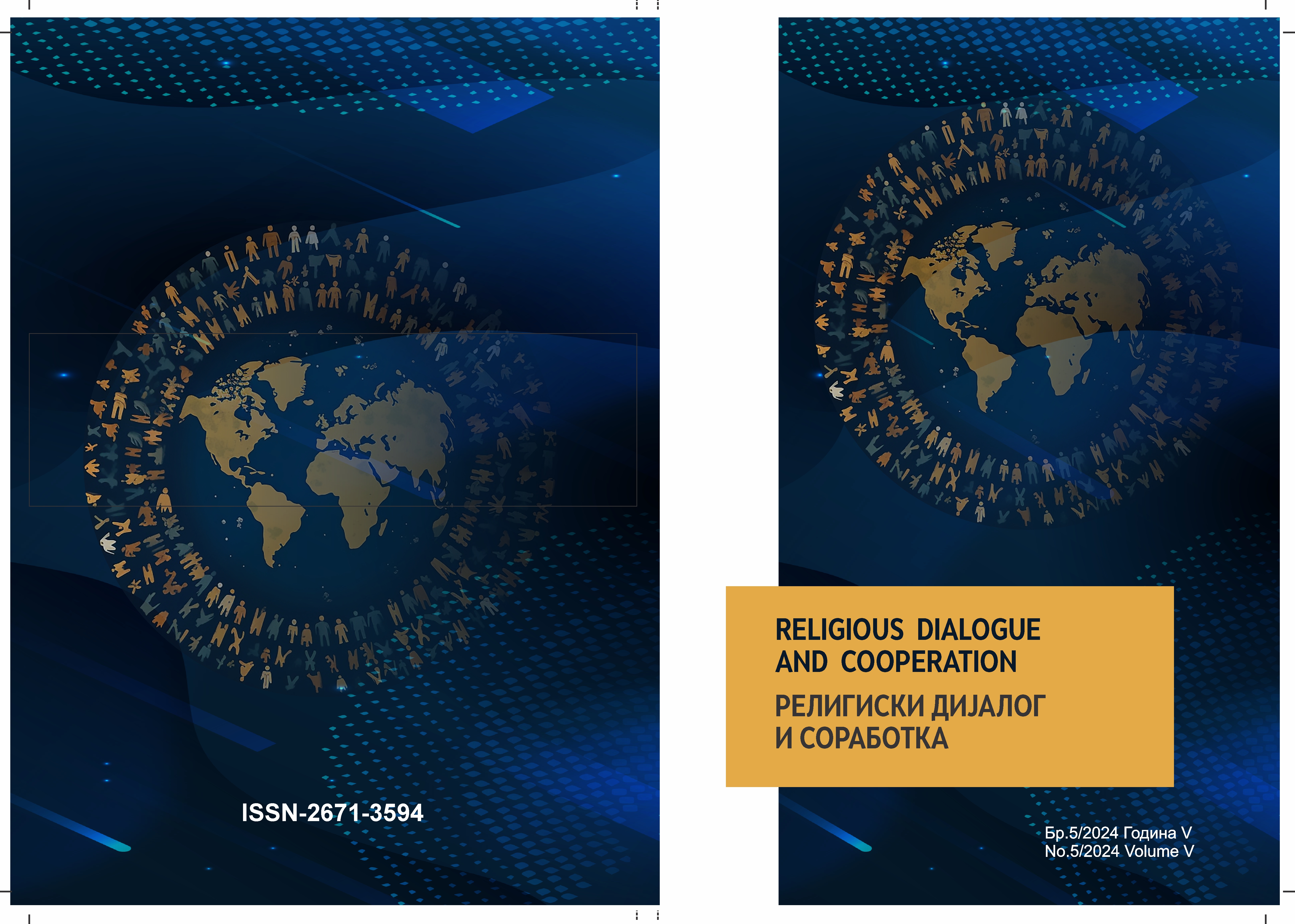INTERRELIGIOUS COUNCIL IN BOSNIA AND HERZEGOVINA - INTERRELIGIOUS DIALOGUE AND MEDIA-MEDIATED REALITY
Abstract
In BiH, in 1997, a year after the constitution of the state on the basis of the Dayton Agreement
and the end of the civil war, the Interreligious Council was formed on the initiative of religious
leaders and it was the first one under that name in the world. The path to reconciliation among
people and development of a stable society in BiH should lead through interreligious dialogue, and
the Interreligious Council strives to achieve that goal, in areas where the influence of churches and
religious communities is inviolable. The area of indisputable influence of the Interreligious Council
should be sacred objects within which specific communication takes place between religious
leaders and believers. In that space, thoughts and views were expressed by members of the Islamic
Community in BiH, imam Amir Mahić and theologian Muharem Štulanović. After the prayers in the
mosques, imams called the Serbian Orthodox Church a sect, its first enlightener, Saint Sava, the
originator of fascism, with derogatory terms about the Serbian people. The public was informed
about the events in the mosques in Kozarac and Bihać through the media, with different narratives,
while the Interreligious Council failed to represent the proclaimed goals and ideas of interreligious
dialogue. After more than two and a half decades of existence, there is no representative of
the Serbian Orthodox Church in the Interreligious Council in BiH, because Metropolitan Bishop of
Dabar-Bosna Hrizostom resigned from the Council, and the interreligious dialogue died down. The
statements and analyzes presented in this paper are based on data obtained from research conducted
through in-depth interviews with members of the Interreligious Council in BiH, analysis of
the content of texts published in the media about the aforementioned cases in January 2023, and
comparative analysis, with the aim of elucidating the possibility of reviving interreligious dialogue,
mutual understanding and the role of the media in those processes.
Downloads
Copyright (c) 2024 Dejana Radovanović Šarenac

This work is licensed under a Creative Commons Attribution 4.0 International License.


